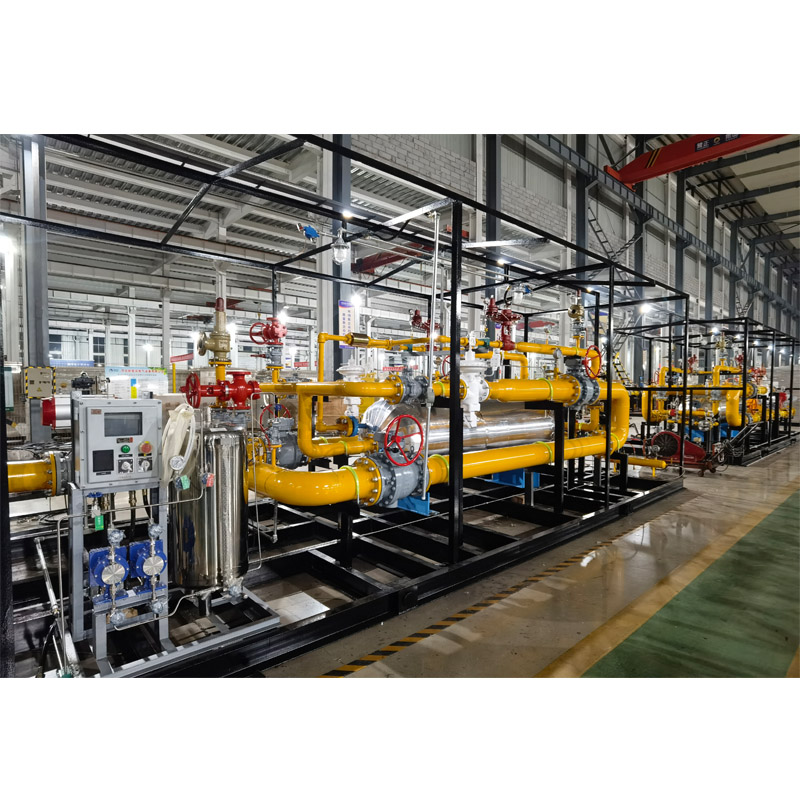
10 月 . 17, 2024 14:02
Back to list
Gas Pressure Regulator Functionality and Applications in Various Industries
Understanding Gas Pressure Regulators Function and Importance
Gas pressure regulators are crucial components in various applications, from industrial systems to residential heating. Their primary function is to maintain a stable and consistent gas pressure despite fluctuations that can occur in supply lines or environmental conditions. This article explores the significance, operation, and types of gas pressure regulators, underscoring their essential role in safety and efficiency.
The Importance of Gas Pressure Regulators
In any system that relies on gas, maintaining the right pressure is vital. Too high pressure can lead to equipment damage, unsafe operating conditions, or even explosions. Conversely, too low pressure may cause inefficient operation, resulting in inadequate heating, reduced performance, or wasted energy. Thus, gas pressure regulators play a key role in ensuring systems operate within designed parameters, protecting both equipment and users.
In commercial and residential settings, these regulators are often used in conjunction with natural gas, propane, or other gases. The efficient functioning of appliances, heating systems, and industrial processes depends on the reliable delivery of gas at the correct pressure. This consistency enhances performance and minimizes the risk of accidents.
How Gas Pressure Regulators Work
.
The regulator works based on the principle of balancing forces. Inside, there is often a diaphragm that responds to changes in pressure. When the pressure on the inlet side exceeds the preset level, the diaphragm moves, causing a valve to close, reducing the flow of gas. Conversely, when the pressure drops below the desired level, the diaphragm moves in the opposite direction, opening the valve and allowing more gas to flow through. This self-regulating mechanism ensures that the pressure remains stable within the set limits.
مخفض ضغط الغاز

Types of Gas Pressure Regulators
Gas pressure regulators come in various types, each designed for specific applications. The principal types include
1. Single-Stage Regulators These are the simplest form, reducing high pressure to a lower, usable level in one step. They are often used in applications where the inlet pressure does not vary significantly.
2. Two-Stage Regulators As the name suggests, these regulators reduce pressure in two stages. The first stage lowers the high inlet pressure to an intermediate level, and the second stage brings it down to the final desired pressure. This type is commonly used in systems where inlet pressure can fluctuate widely, providing more stable outlet pressure.
3. Electronic Regulators These advanced regulators employ electronic controls to monitor and adjust the gas pressure dynamically. They are typically used in complex or critical systems where precision is essential.
4. Regulators with Built-in Safety Features Many modern regulators include additional safety features such as automatic shut-off valves, over-pressure protection, and relief vents to enhance safety further.
Conclusion
Gas pressure regulators are essential components in ensuring the safe and efficient operation of gas supply systems. By maintaining consistent and stable pressure levels, they protect appliances and users alike, preventing potential hazards associated with gas usage. Understanding the types and operations of these regulators allows for better selection and application, contributing to enhanced safety standards and energy efficiency in both residential and industrial contexts. As technology continues to evolve, the design and functionality of gas pressure regulators will likely improve, ensuring even greater safety and performance in future applications.
Latest news
-
Unlocking The Quality Gas Pressure ReducersNewsNov.01,2024
-
The Role of Gas Pressure Reducing StationsNewsNov.01,2024
-
The Importance and Functionality of Safety Relief ValvesNewsNov.01,2024
-
The Essential Role of Safety Valves in Natural Gas ApplicationsNewsNov.01,2024
-
The Essential Role of Gas Pressure RegulatorsNewsNov.01,2024
-
Enhance Your Premium Gas FiltersNewsNov.01,2024

